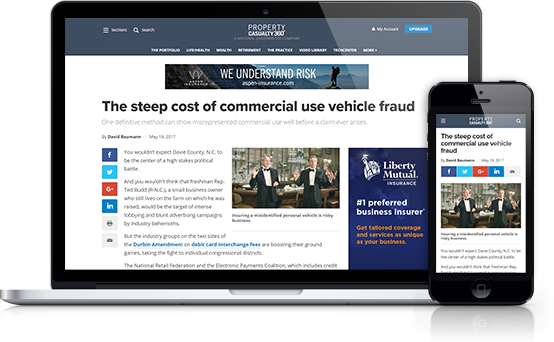A discussion of the history of insurance in the U.S. always seems to start with the beginnings of Lloyd's of London. Although Lloyd's is a major factor in the development of surplus lines in our country, for this article we shall dispense with that history and deal with ours here in the Sunshine State. However, to understand surplus lines in Florida, we must first understand the development of surplus lines in the U.S.
Insurance in the U.S. began in 1752 with the formation of the Philadelphia Contributorship, which was created to insure houses from the peril of fire. There were no insurance departments and no licensing. It was not until 1851 that New Hampshire created the first full-time Board of Insurance Commissioners. In 1871, what became the National Association of Insurance Commissioners (NAIC) was formed, initially with 17 members. Surplus lines, however, began to develop earlier than that.
In 1835, the great New York fire wiped out some $28 million in insurance capital; ten years later another fire caused approximately $4 million more to disappear. The Chicago fire of 1871 caused 60 insurance companies to go under with a loss of $40 million. In 1872, the Boston fire took out another 32 companies and cost $38 million.
Recommended For You
Want to continue reading?
Become a Free PropertyCasualty360 Digital Reader
Your access to unlimited PropertyCasualty360 content isn’t changing.
Once you are an ALM digital member, you’ll receive:
- Breaking insurance news and analysis, on-site and via our newsletters and custom alerts
- Weekly Insurance Speak podcast featuring exclusive interviews with industry leaders
- Educational webcasts, white papers, and ebooks from industry thought leaders
- Critical converage of the employee benefits and financial advisory markets on our other ALM sites, BenefitsPRO and ThinkAdvisor
Already have an account? Sign In Now
© 2025 ALM Global, LLC, All Rights Reserved. Request academic re-use from www.copyright.com. All other uses, submit a request to [email protected]. For more information visit Asset & Logo Licensing.








